The Ultimate Guide for Creating a Brand Name

Choosing the Perfect Name
When you start a new company, product, or project, naming your brand is one of the first critical yet mind-boggling steps. How do you come up with a catchy name? What are the considerations? In this guide, we’ll explore the essential considerations for naming, how to come up with a good name, common pitfalls to avoid, and critical things to watch out for.
Before Naming Your Brand
Propose and Identity
Before you start brainstorming a potential brand name, it is vital to define the purpose and identity of your brand. What message or image do you want the name to convey? Understanding your brand’s purpose, essence, or unique selling point is essential.
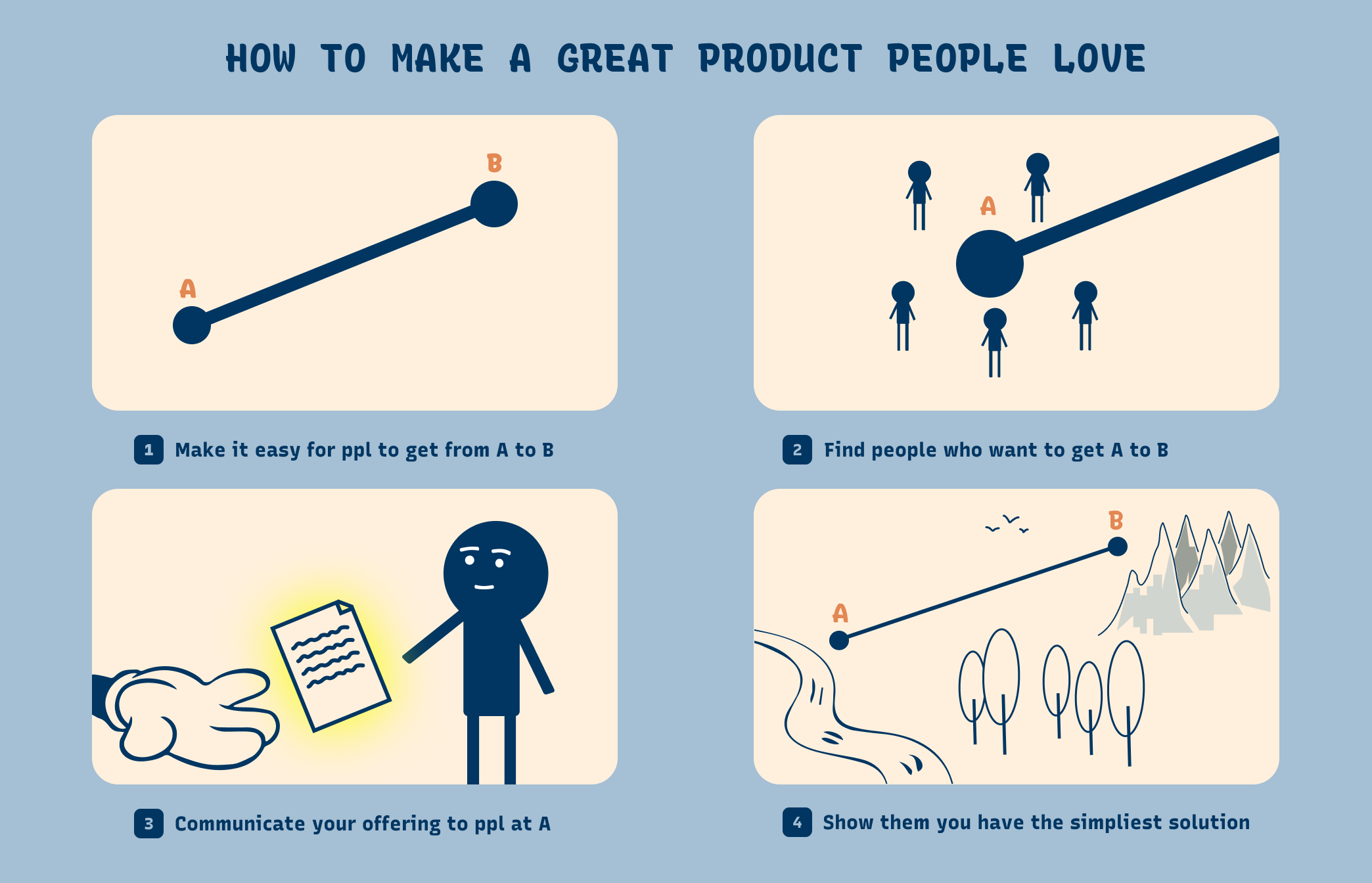
Target Audience
Who are you selling your brand to? Consider your target audience. Your name should resonate with your intended demographic. Think about what appeals to them and what kind of language they relate to. Research these words, phrases, and languages, and use them as inspirations.
Competition Research
It can be helpful to analyze your competitor’s names. You want a unique name that stands out and avoids confusion with similar businesses or products. Research will also help you identify naming trends within your industry, giving you additional naming ideas.
Process of Naming a Brand
- Step 1: Create Your Seed Words
- Step 2: Identify a Naming Method
- Step 3: Still Stuck? Try a Naming Matrix
- Step 4: Testing your name
I’m ready to move into action and do some naming. Where do I start?
Step 1: Create Your Seed Words
You can start by developing a list of seed words describing what your product or business does. This can include:
- the business vertical that you are in (noun),
- what makes your brand unique (adjective) or how your customer would feel about this brand (adjective)
- abstractive words that are related to your business.
For example, for a Travel Agency, this could look like:
- Noun: Travel, Airline, Transportation, Air, Ticket, Booking, Hotel, Hospitality
- Adjective: Easy, Relaxed, Care-free, Adventurous, Luxurious
- Abstractive Words: Tranquility, Epiphany, Happiness, Destination
Step 2: Identify a Naming Method
Choose one of our naming methods with your seed words. Experiment to make these words unique and ownable as a brand name.
It is hard to own “off-the-shelf” words like “Fast” and “Lovely” as brand names. They may associate with another brand already, and it could be tough for people to find your brand via search engines.
You need to spice up the word and make it unique, just like the “Distinctive Logo” step in Typogram, which spices up the logo to look visually distinctive and memorable. There are eight different Typogram methods to make a logo look unique. Below, we started collecting methods to make the words special as brand names.
Method 1: Inventing words
1.1 – Combine Noun and Adjective or Adverb
We can add adjective or adverb suffixes to make a new word from the noun. This newly invented word is more ownable as a brand since it is entirely original.
In addition, your audience can easily piece together what your new brand is based on the clue from your new brand name.
Examples: Grammarly, Typely, Typefully, Contentful, Shopify, Spotify
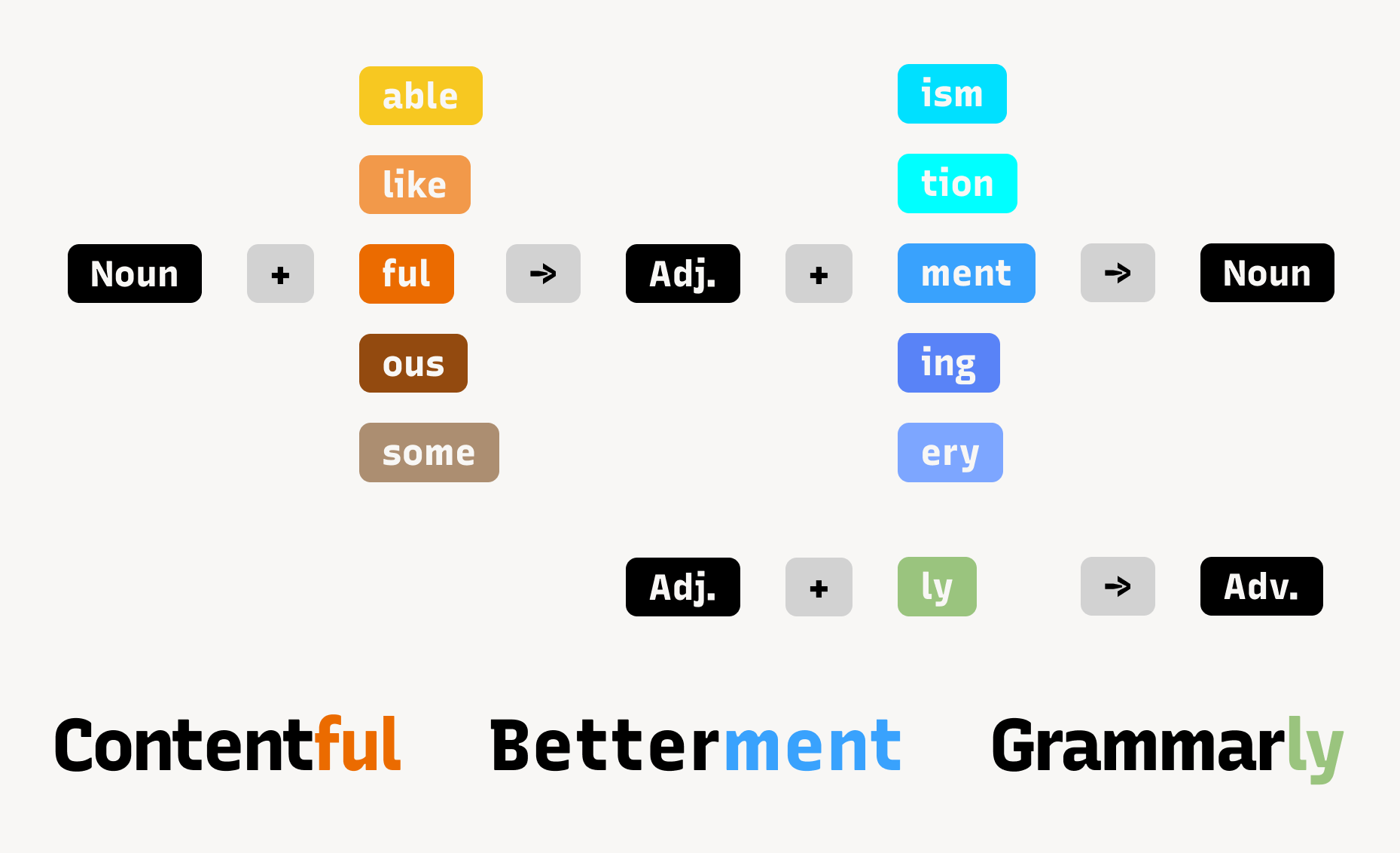
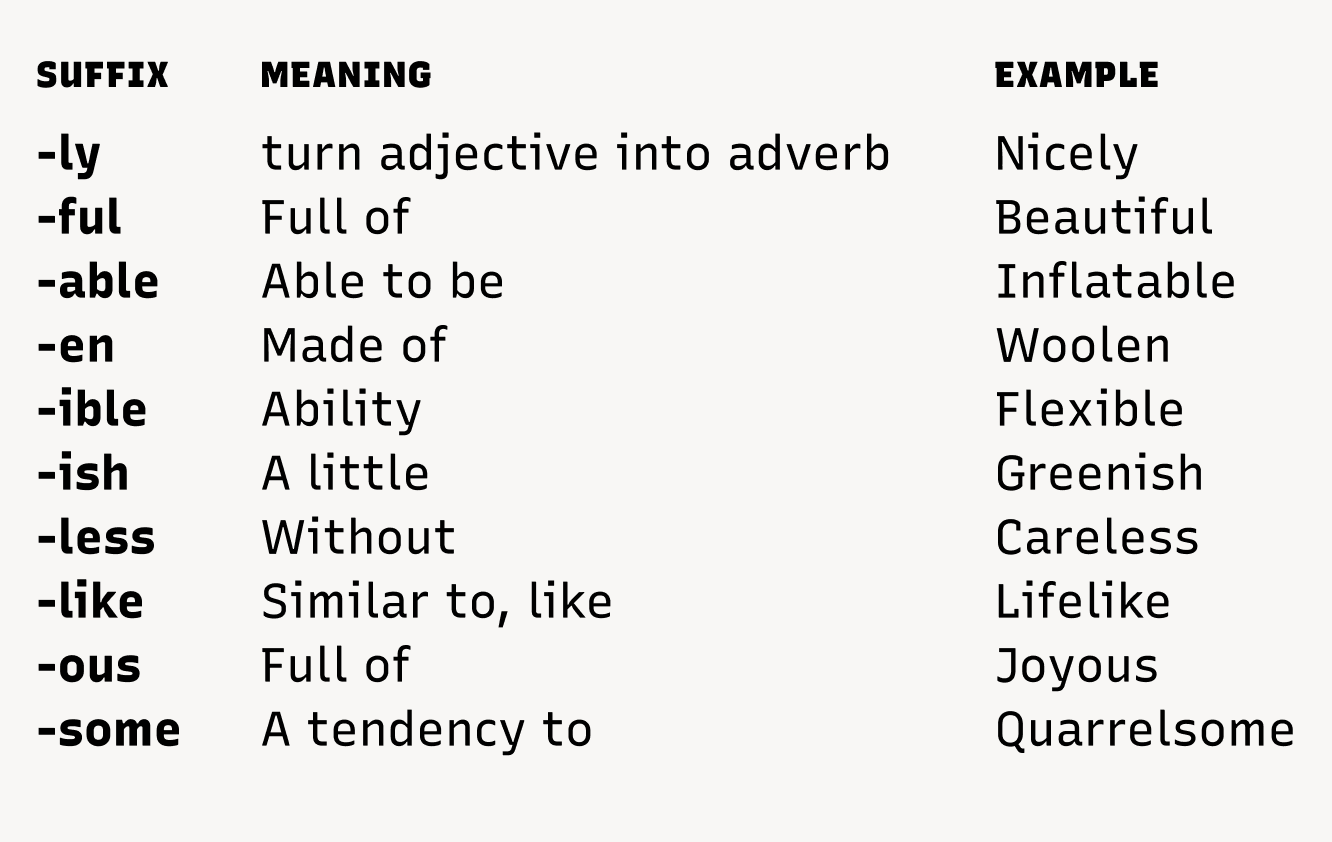
1.2 – Combine Two Words into a Single One
You can also invent words by creating a portmanteau, combining two words from your seed list into one name. Your new brand name should have less than four syllables so it is easy for someone to pronounce, remember, and share in a conversation.
Examples: Starbucks(Beverage), Facebook(Tech), and Activia (Food).

1.3 - Combine a Partial Word and a Word
Similar to combining two words, this method joins two name ideas together, but with a twist. Incorporating a partial word, usually a word root, like -gram or insta-, allows us to present two ideas in a much shorter format.
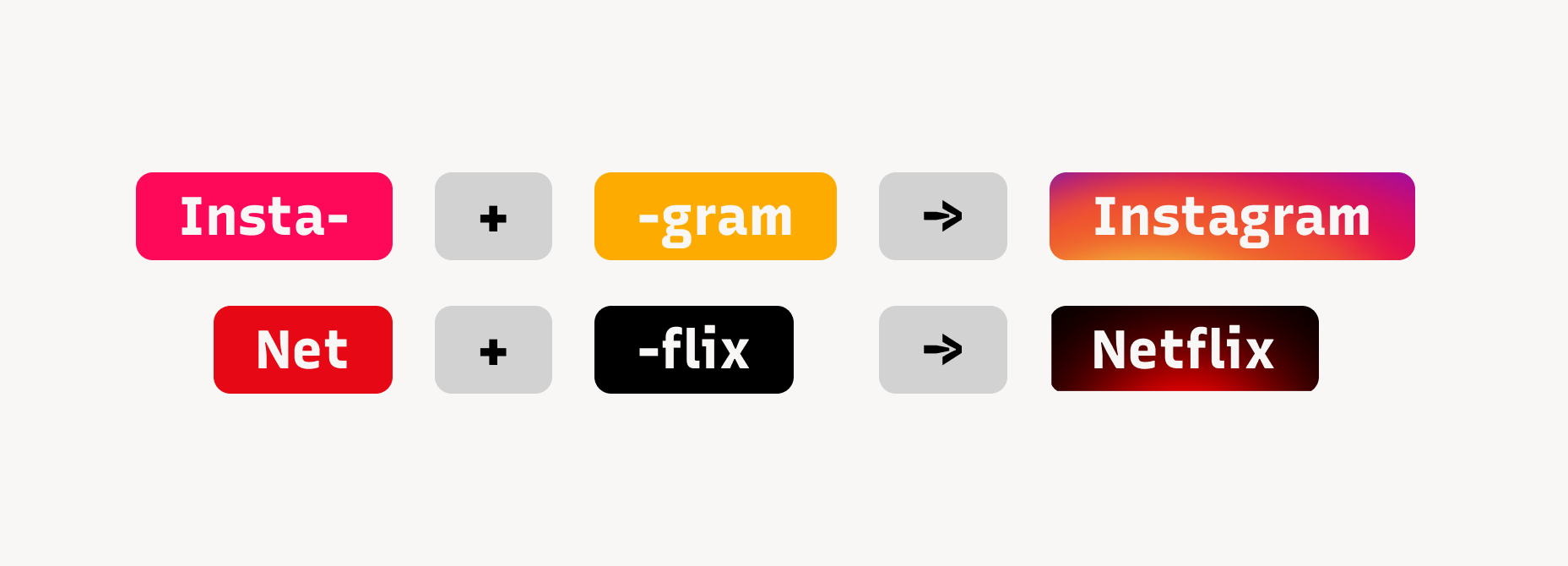
1.4 – Shorten Words
Sometimes, it is better to subtract than to add. You can invent a brand new, shorter word by shortening a longer word into a shorter one or isolating parts of a longer word. For example, Fanta originated from the longer German word, Fantastisch, meaning fantastic. “Pepsi” was initially advertised to relieve dyspepsia.
Example: Fanta (Beverage), Pepsi(Beverage)

Method 2: Misspelled Words
You can create a brand name by creating a misspelled word by adding, omitting, or substituting one or two letters from an essential word to your brand. Your addition, omission, or substitution should be small, so the original word can still be partially seen and understood.
Example: Sunkist (Beverage), Lyft (Transportation)
Special Tip: Remove “non-essential” letters in the word, such as vowels.
This method is so widely used that it has become a trend. Some vowel letters, especially the letter ‘e’, are very insignificant in terms of pronunciation, so why not drop them? The minimalist approach transforms an everyday word into a unique brand name without changing the pronunciation (for the most part).
Example: Flickr, Rdio, Tumblr, Scribd, Pixlr, GVE
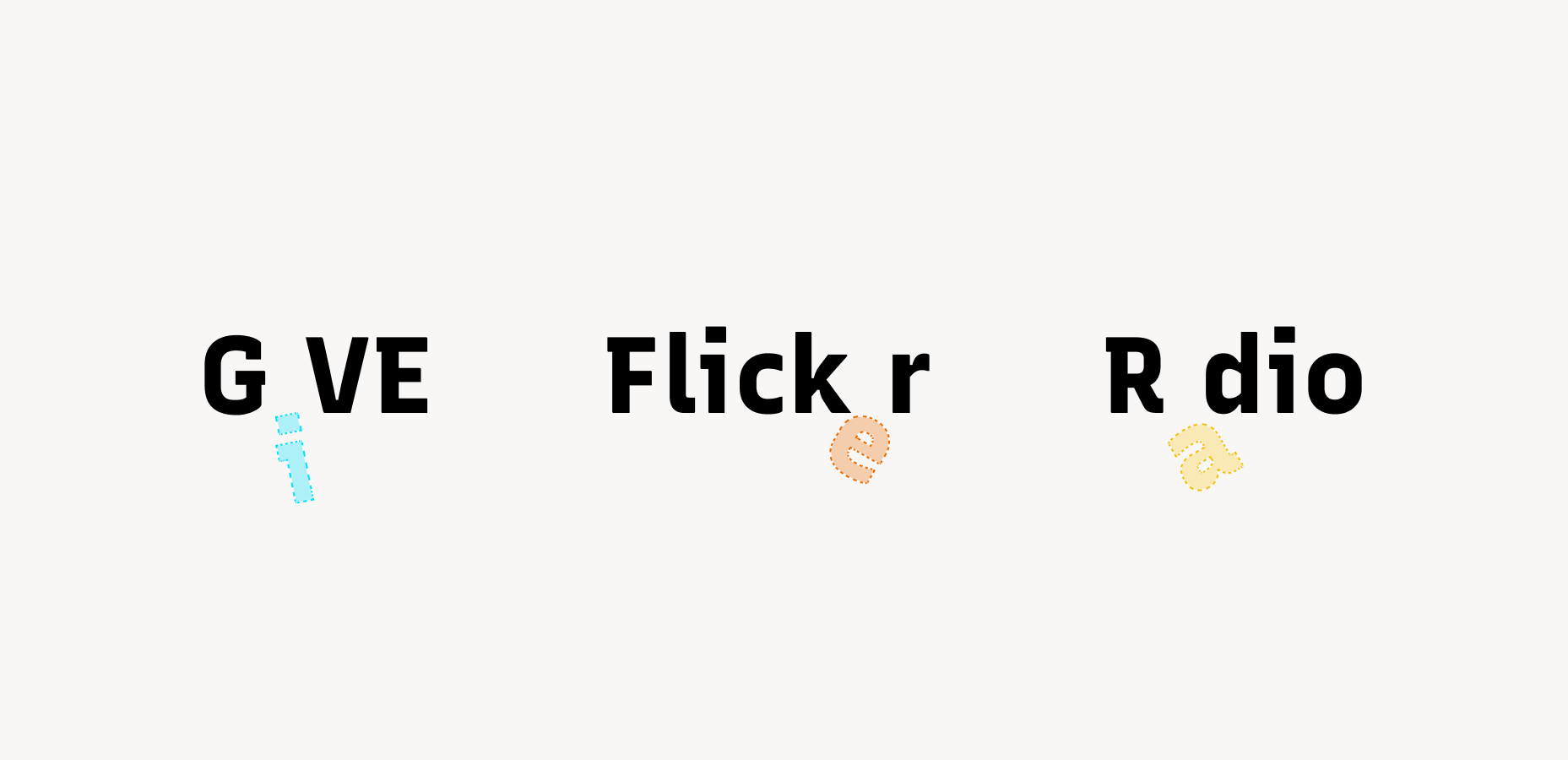
Method 3: Real Words
Real words are actual words used in real life. When using real words, it is vital to think about whether it could optimized for the search engine. Unless you have a lot of money, a brand name like “Smile” is challenging to own because many other research results are already associated with the keyword “Smile”.
Another way to consider real words is by using a suffix as a brand name. For example, Uber is a brand using the German suffix Über-, meaning over or beyond, as its brand name. It’s short, easy to pronounce and remember, and makes it easy to create sub-brands.
Examples: Uber (Transportation), Patagonia (Retail), Sprite(Beverage), Better (mortgage), and Mint (Telecommuting).
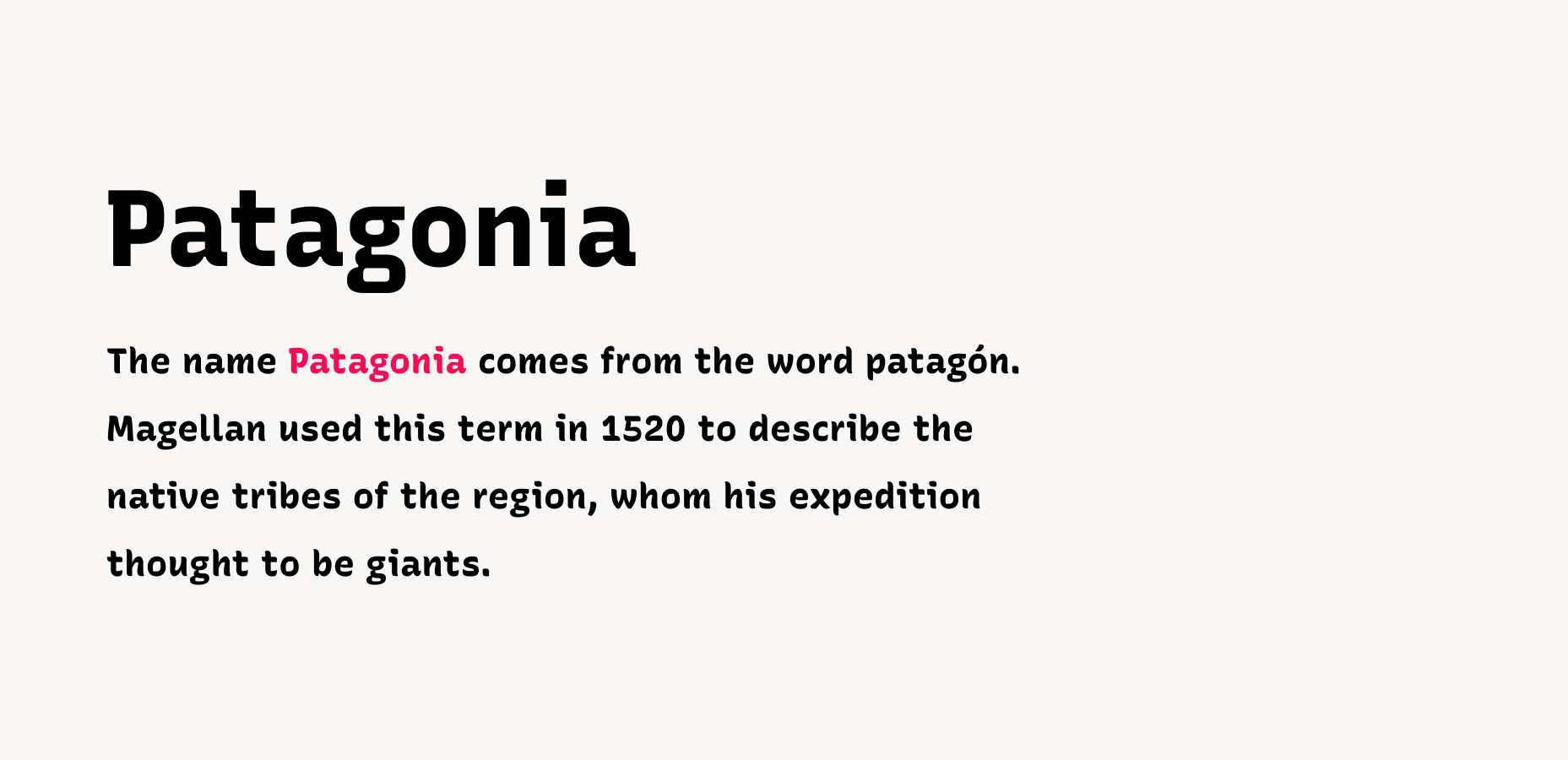
Method 4: Paired Words
Another way to generate brand names is by pairing two words.
Examples: AllTrails (Outdoor), Care Bear(Toy), and Dr.Peper (Beverage).

Method 5: Create an Acronym
Creating acronyms from words is also a popular method for generating brand names. Creating the acronym from keywords or phrases that matter to your brand would be best. The acronyms itself should also be easy to remember and pronounce.
Example: YMCA (Non-Profit), IBM(Tech), NASA(Tech), ASOS(Fashion)
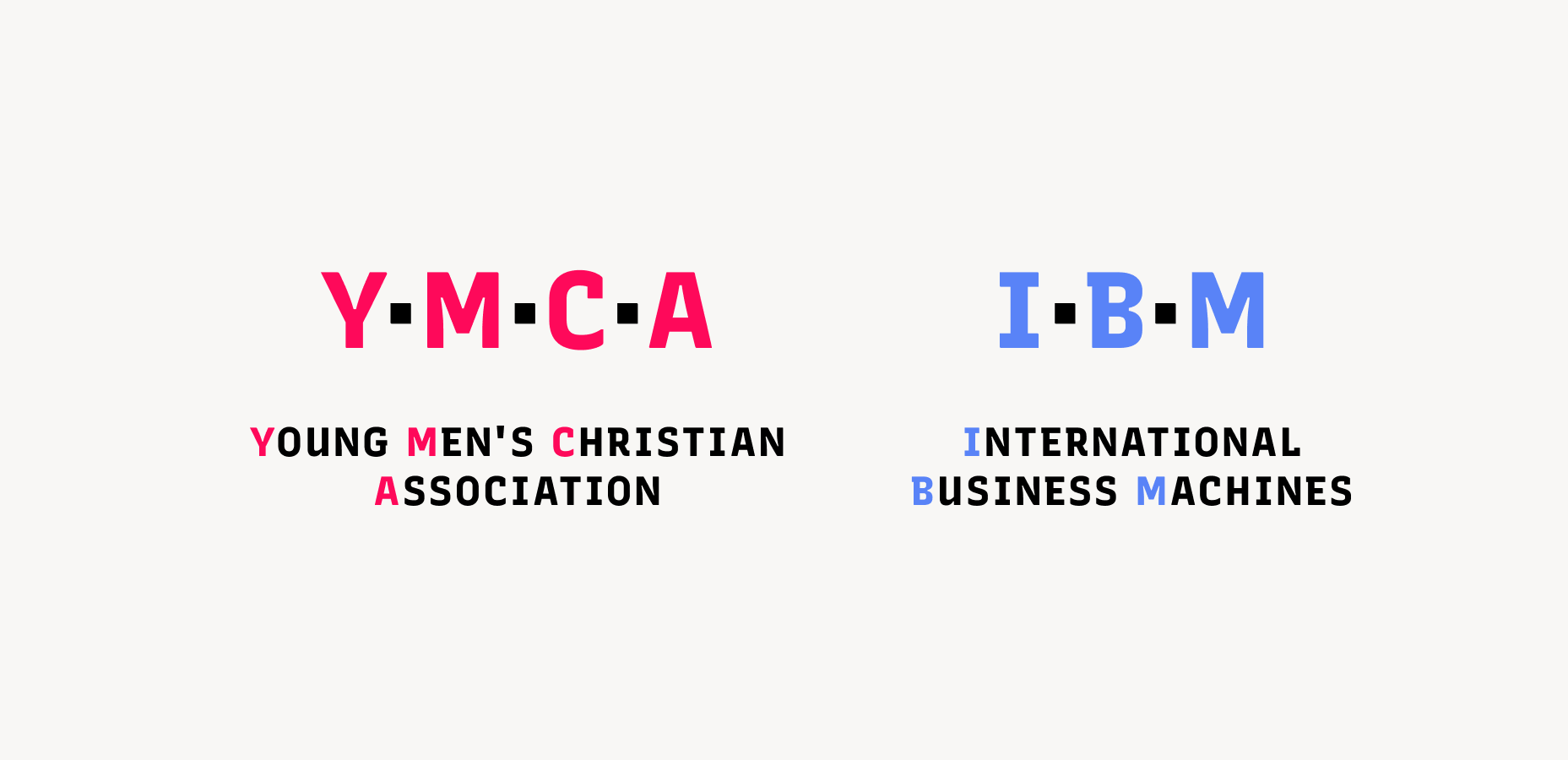
Step 3: A Naming Matrix
You can create a naming matrix if you need additional help creating a brand name. Jeremy Miller’s Namescape is an excellent tool for this exact purpose. Namescape helps you craft a brand name based on two axes:
- Structure of the words
- Types of Names
Structure of Words
Using our identified methods, you can consider different word structures for creating your brand name, such as real, paired, invented, acronyms, or misspelled words.
Types of Names
You can also think about types of names, like descriptive, suggestive, and abstract. Descriptive names, like Mountain Dew, conjure up images and feelings. Suggestive names, like Petco, hint at what a product or service will do. Completely abstract names with memorable sounds, like Figma (Design tool), are easy to share in conversations.
You can create a naming matrix by placing the words’ structure on one side and the types of names on the other. Next, try to come up with names that meet both requirements. It can be helpful to create namescapes of your competitors to analyze naming trends in your industry, helping you generate brand name ideas.
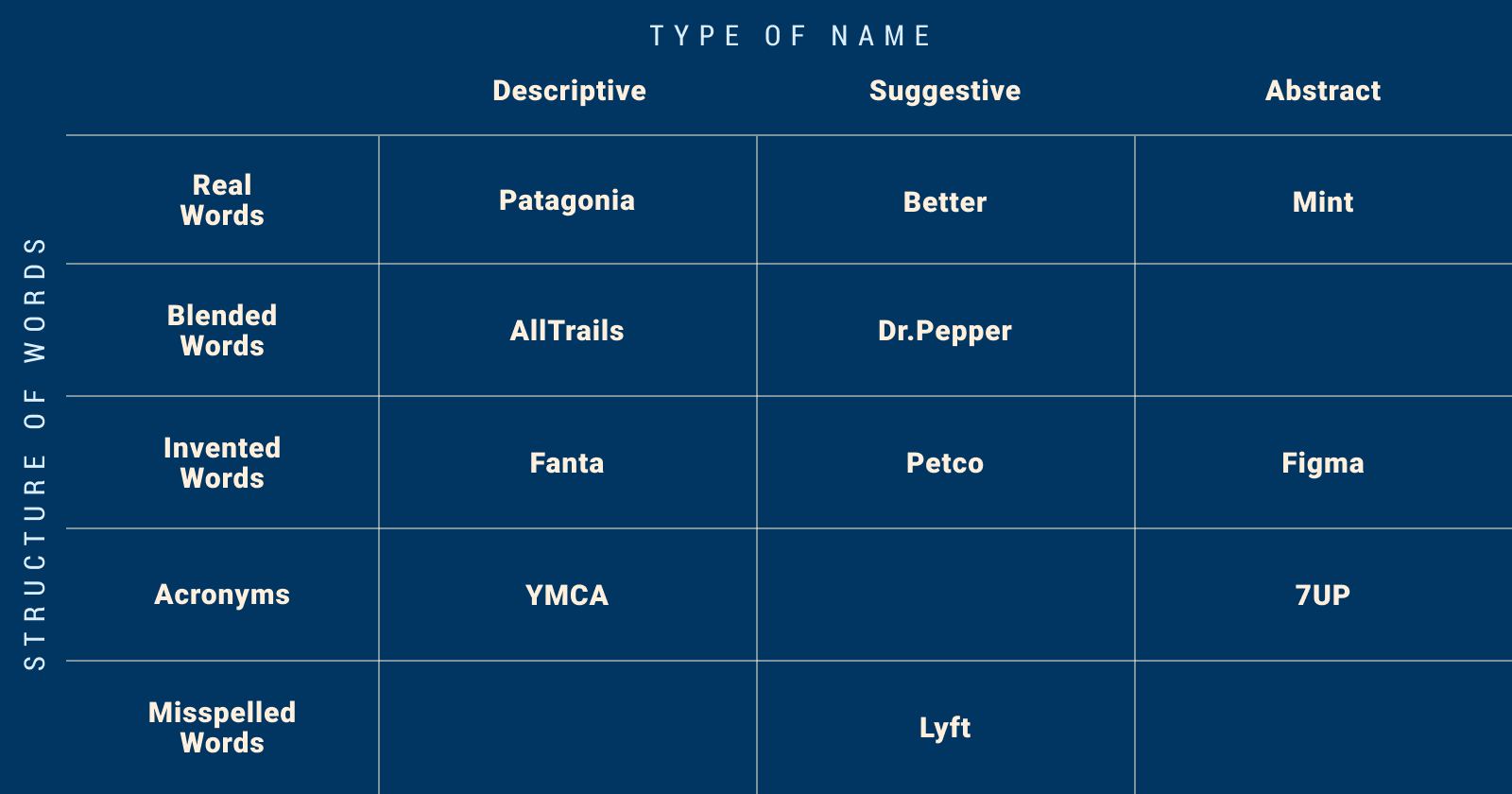
Step 4 : Test Your Name
Once you have a list of potential names, test them with your target audience, friends, or family. Their feedback can be invaluable and help you catch things you didn’t think of before.
Don’ts for Naming
Avoid Trends
Trendy names can quickly become outdated. Opt for a timeless and enduring name that won’t require frequent rebranding.
Complex Spellings
Complicated or unusual spellings can confuse customers and make it harder for them to find you online. Keep it simple.
Negative Connotations
Be mindful of cultural, linguistic, or regional associations that may have negative connotations. A seemingly innocent name might have unintended meanings in other languages or cultures.
Overused Words
Avoid overused words like “innovative,” “solutions,” or “global” in your brand name unless they genuinely represent your brand’s essence.
Things to Watch Out For
Legal Issues & Trademarks
Before you decide on a brand name, conduct a thorough search to avoid potential complications. Is the brand name already trademarked? Is there a company or product that already has that brand name? Ensure your chosen name is unique and not already trademarked. Trademark infringement can lead to legal issues and rebranding costs.
Domain Availability
Ensure that a matching domain name is available. Your online presence is essential, and a matching domain can make a significant difference.
Scalability
Consider the long-term. Will your chosen name still make sense if your business or product expands or diversifies?
Cultural Sensitivity
Be aware of cultural and social sensitivities. A name that might be harmless in one context could be offensive in another.
Naming in an Art
In conclusion, naming is an art that requires careful consideration. It’s not just about choosing a word; it’s about creating an identity. Take your time, and involve others in the process. A well-thought-out name can only help.
After sketching out names, you can experiment with the names visually. You can explore this through our Brand Personality workshop or start sketching them out inside Typogram!
